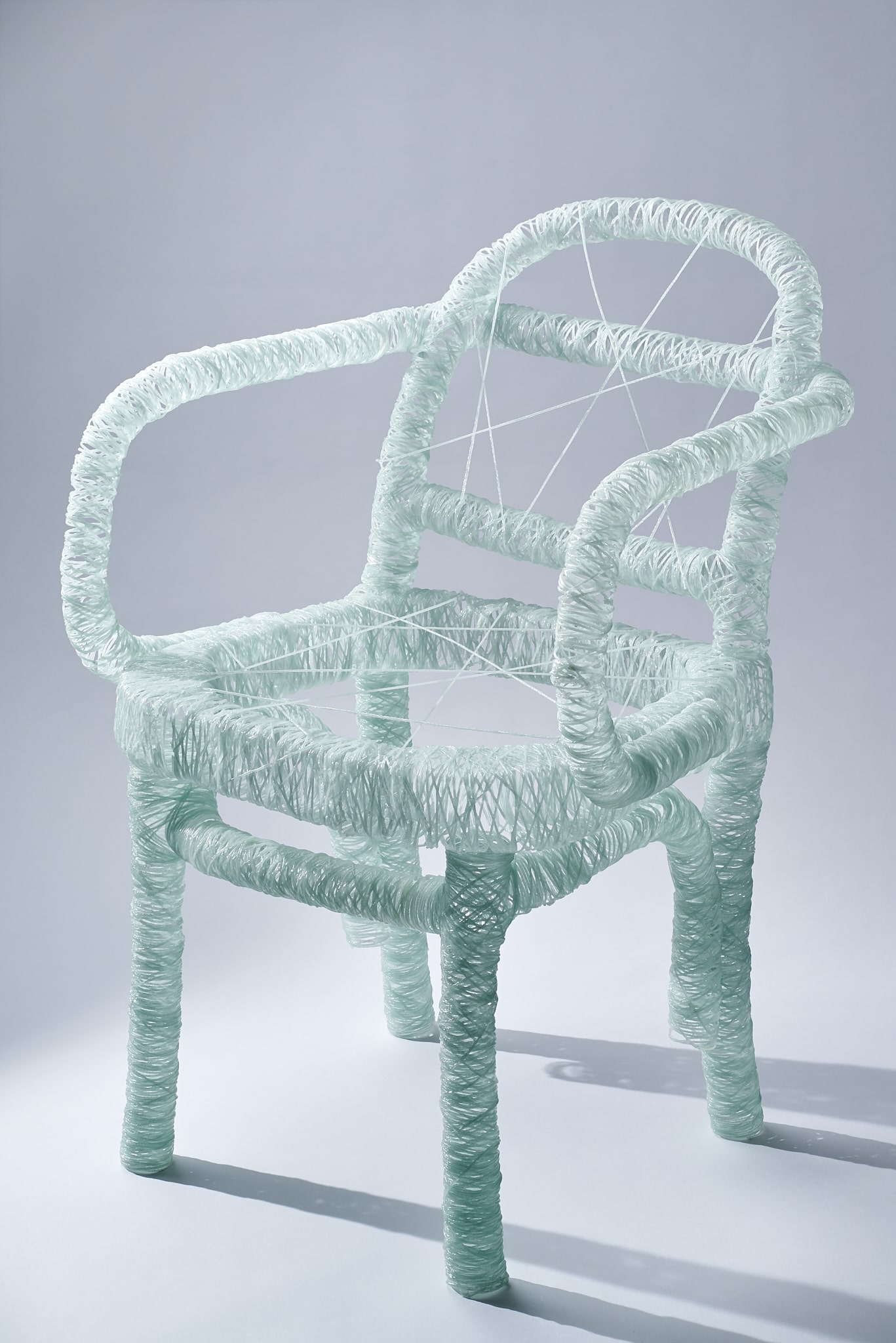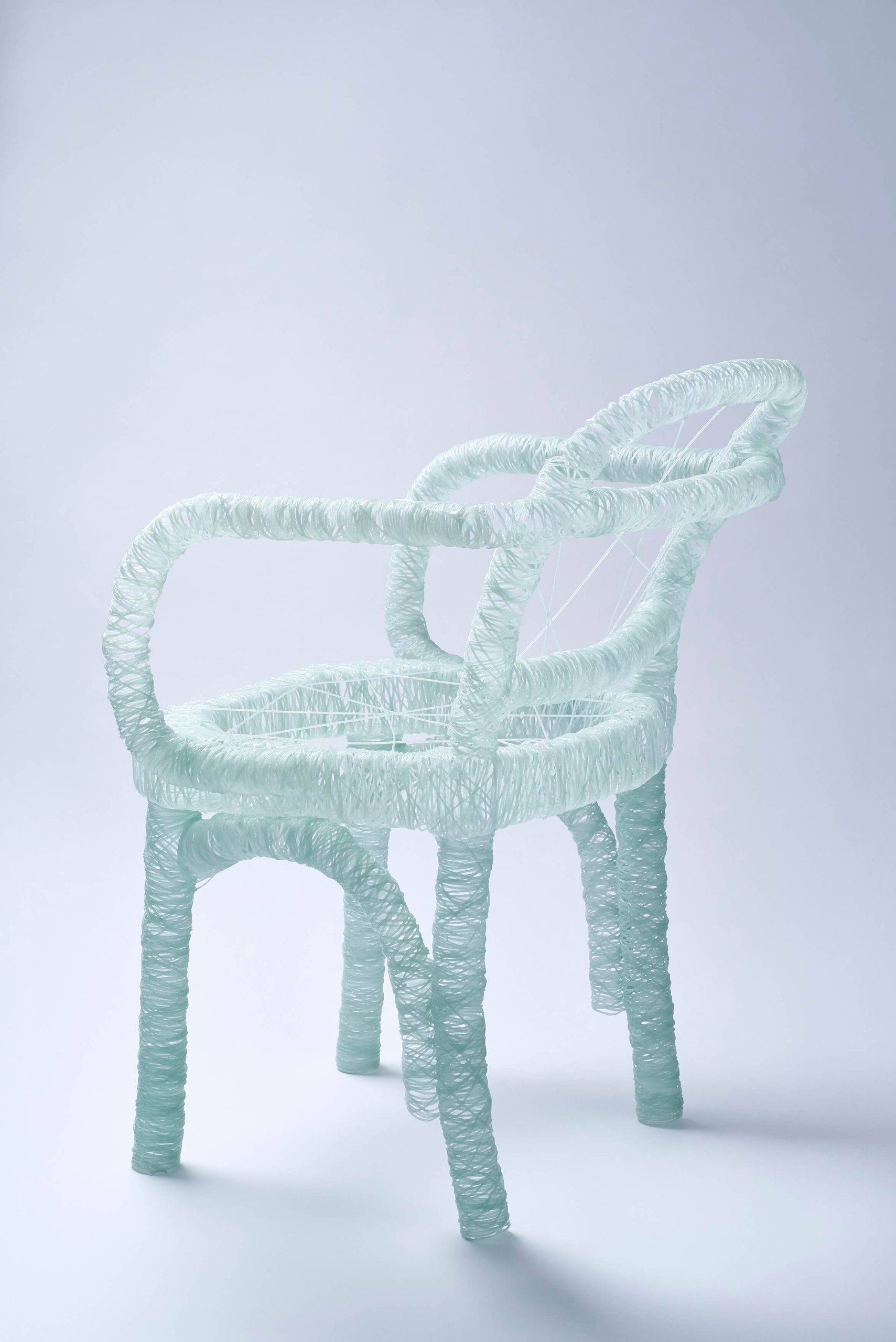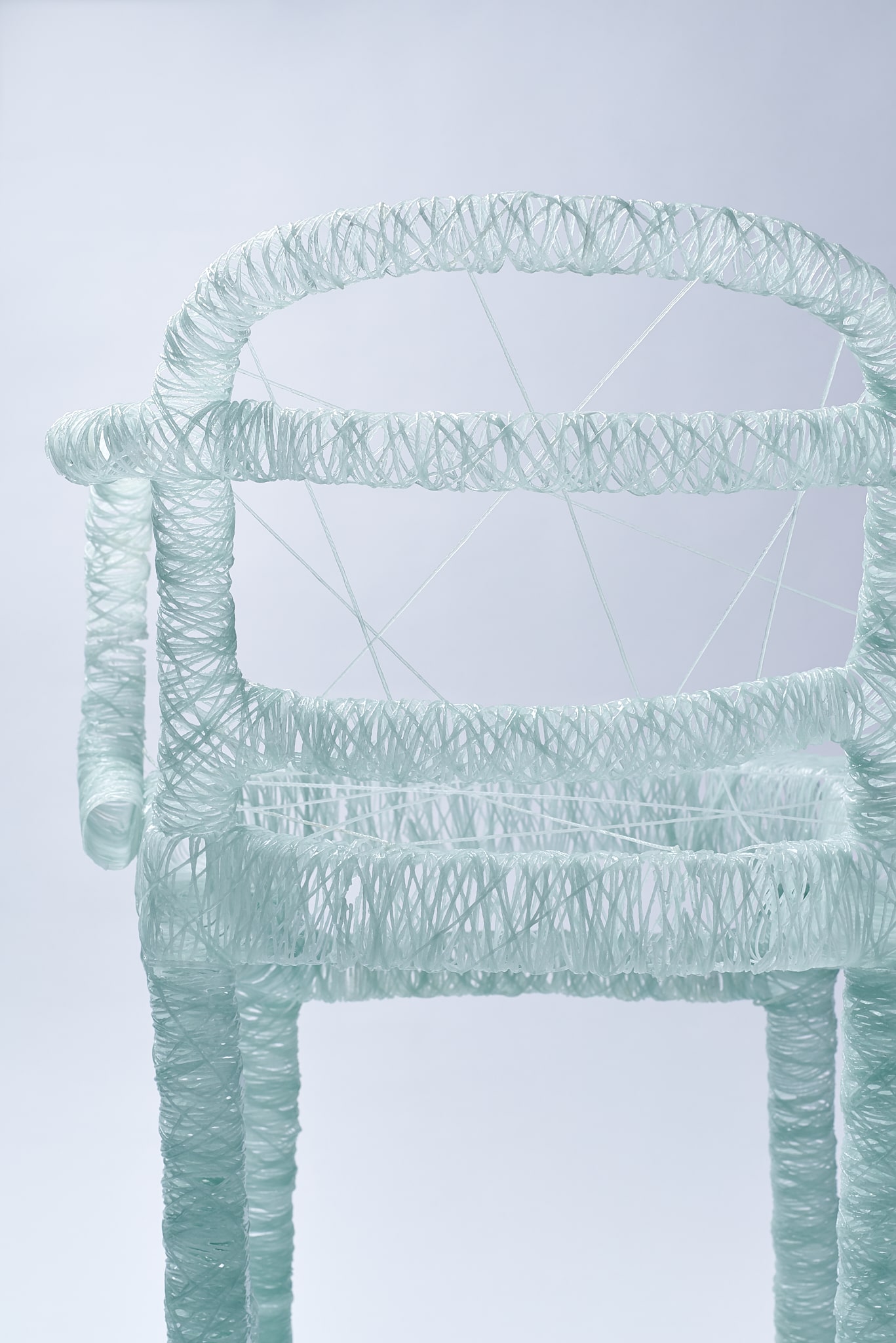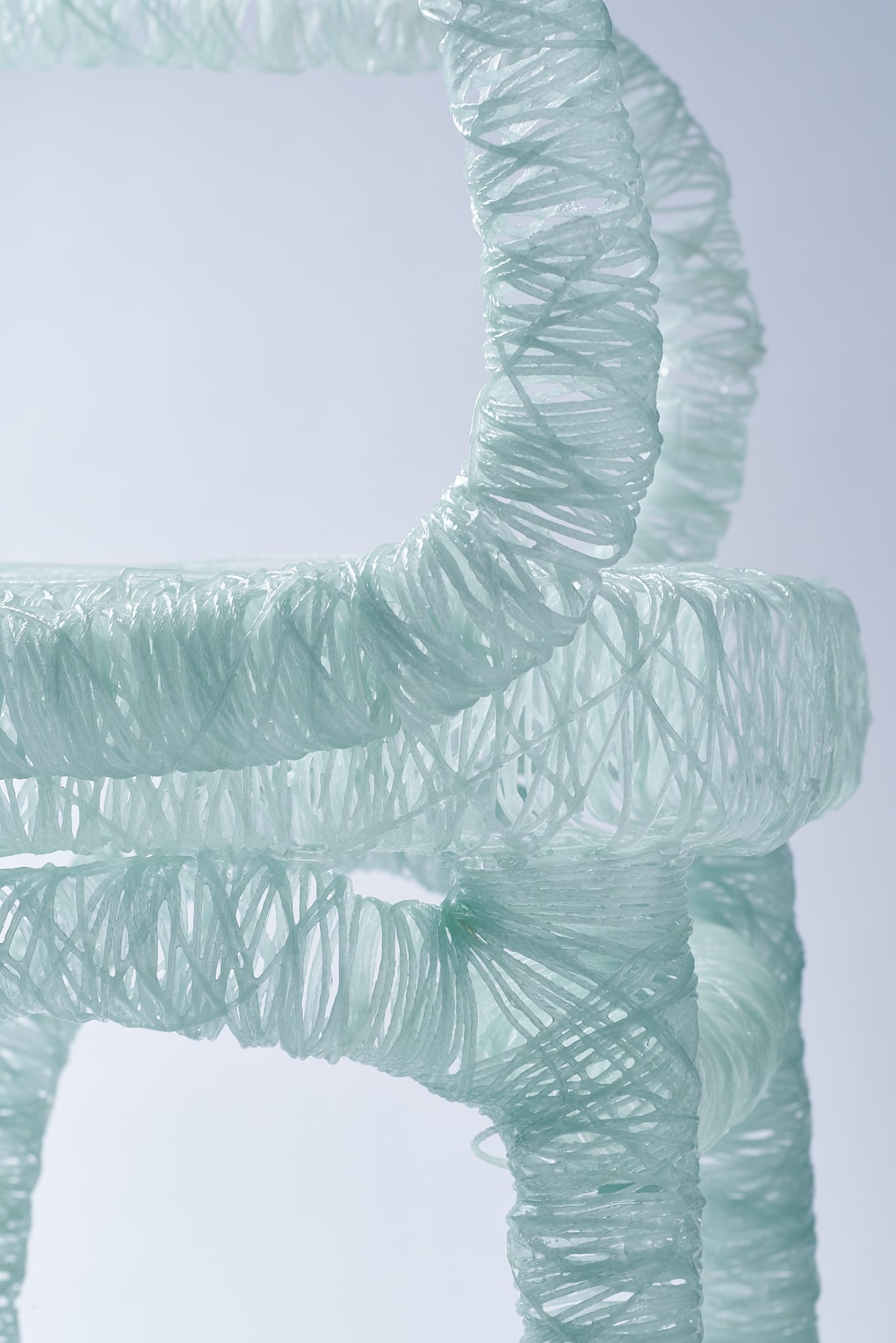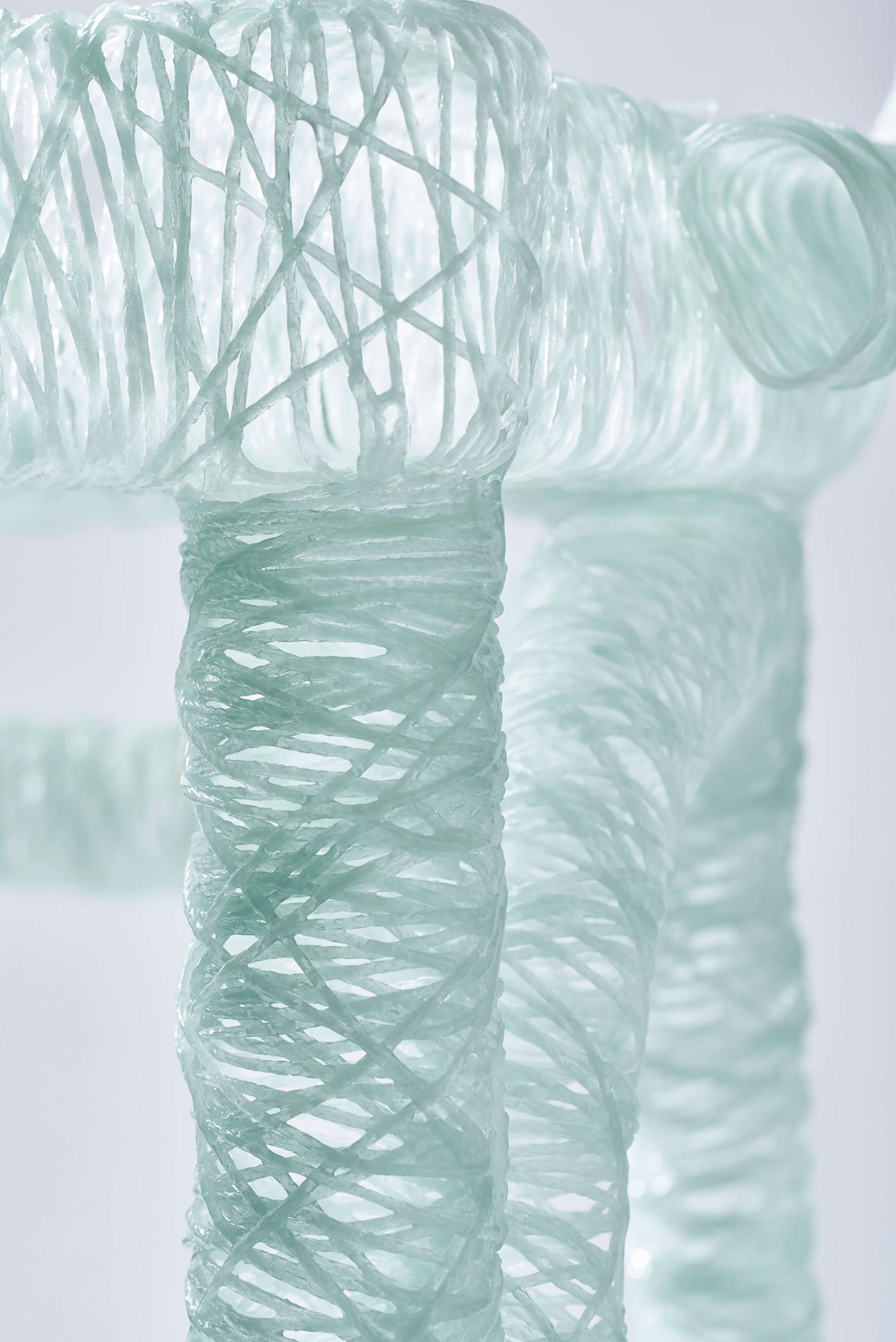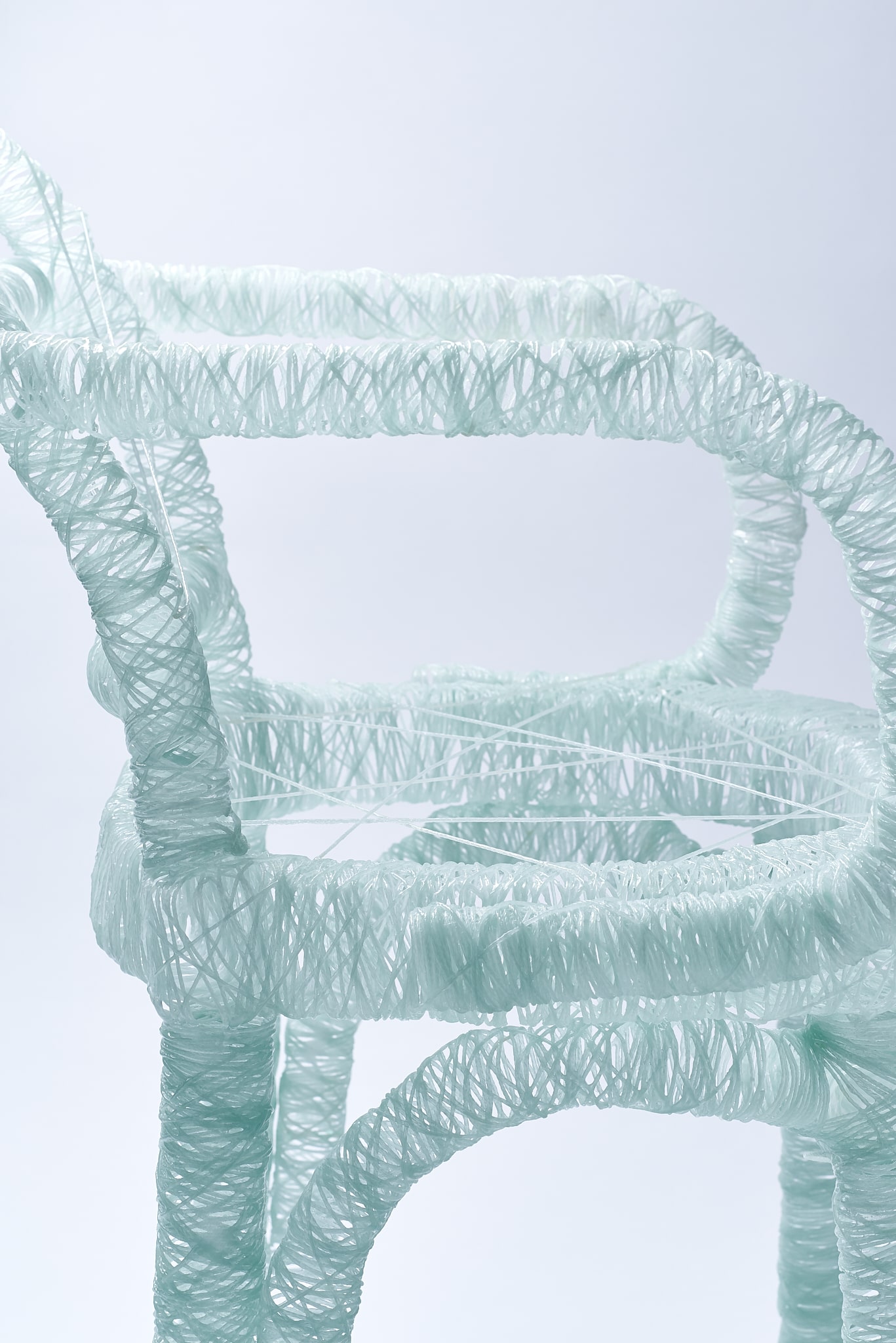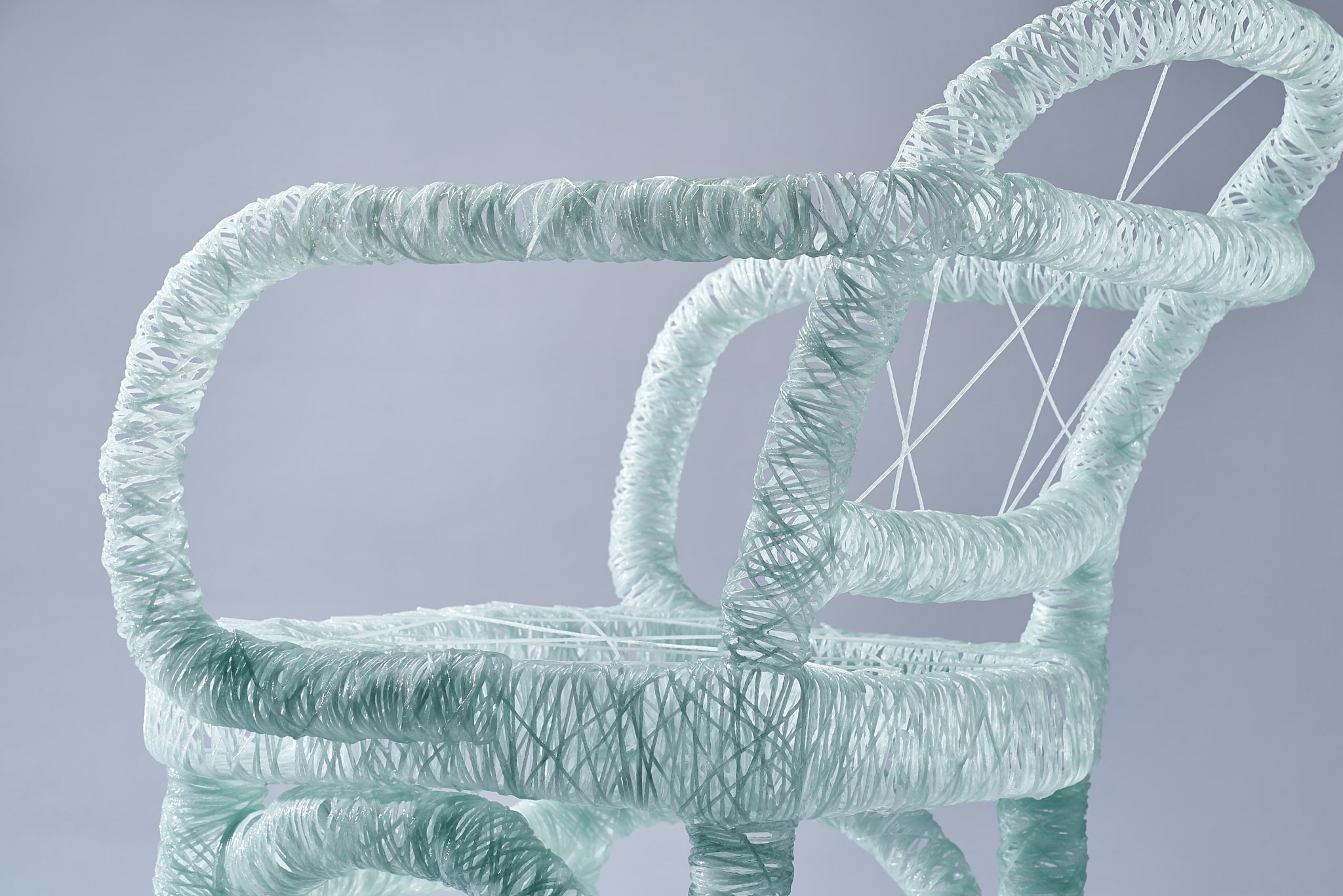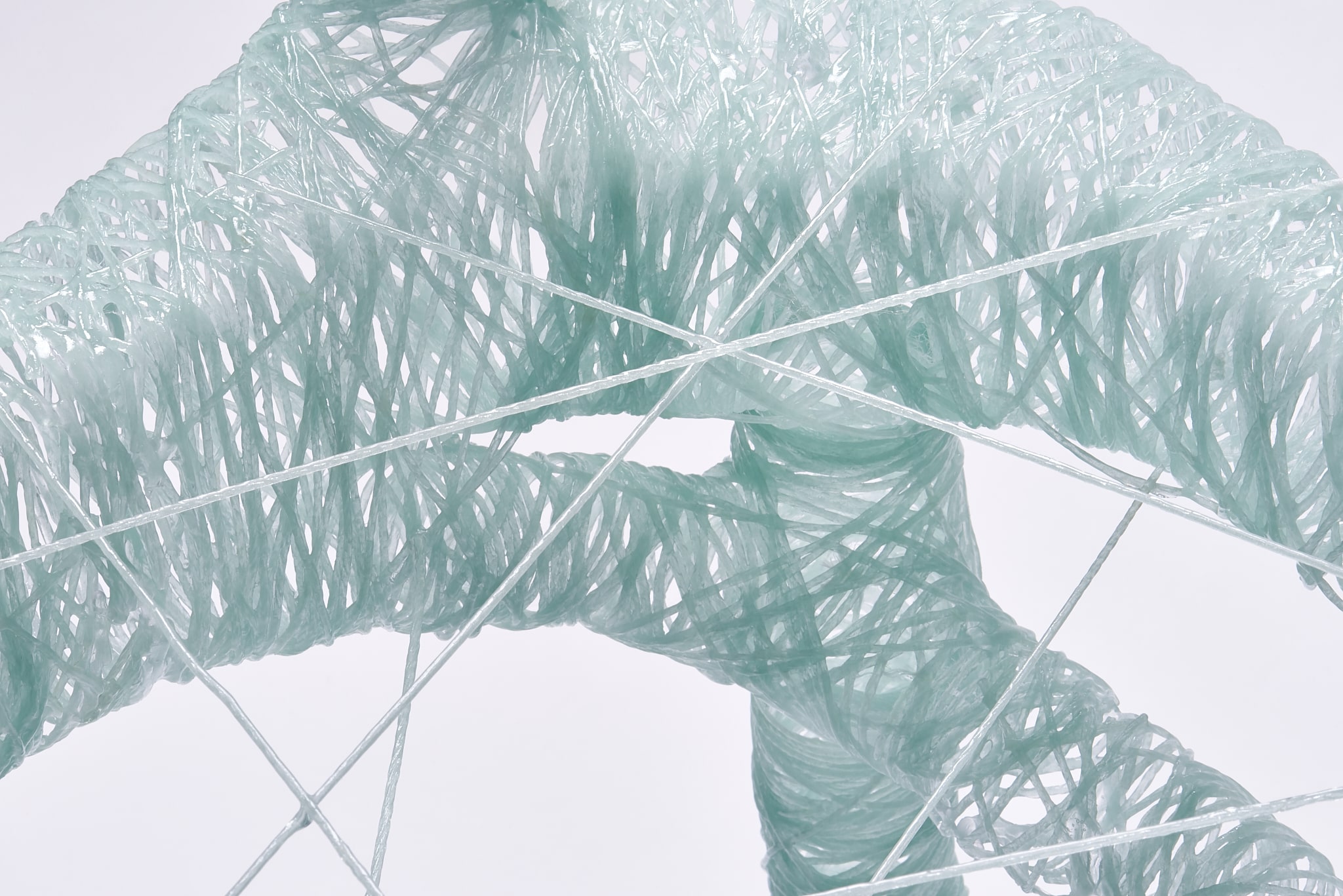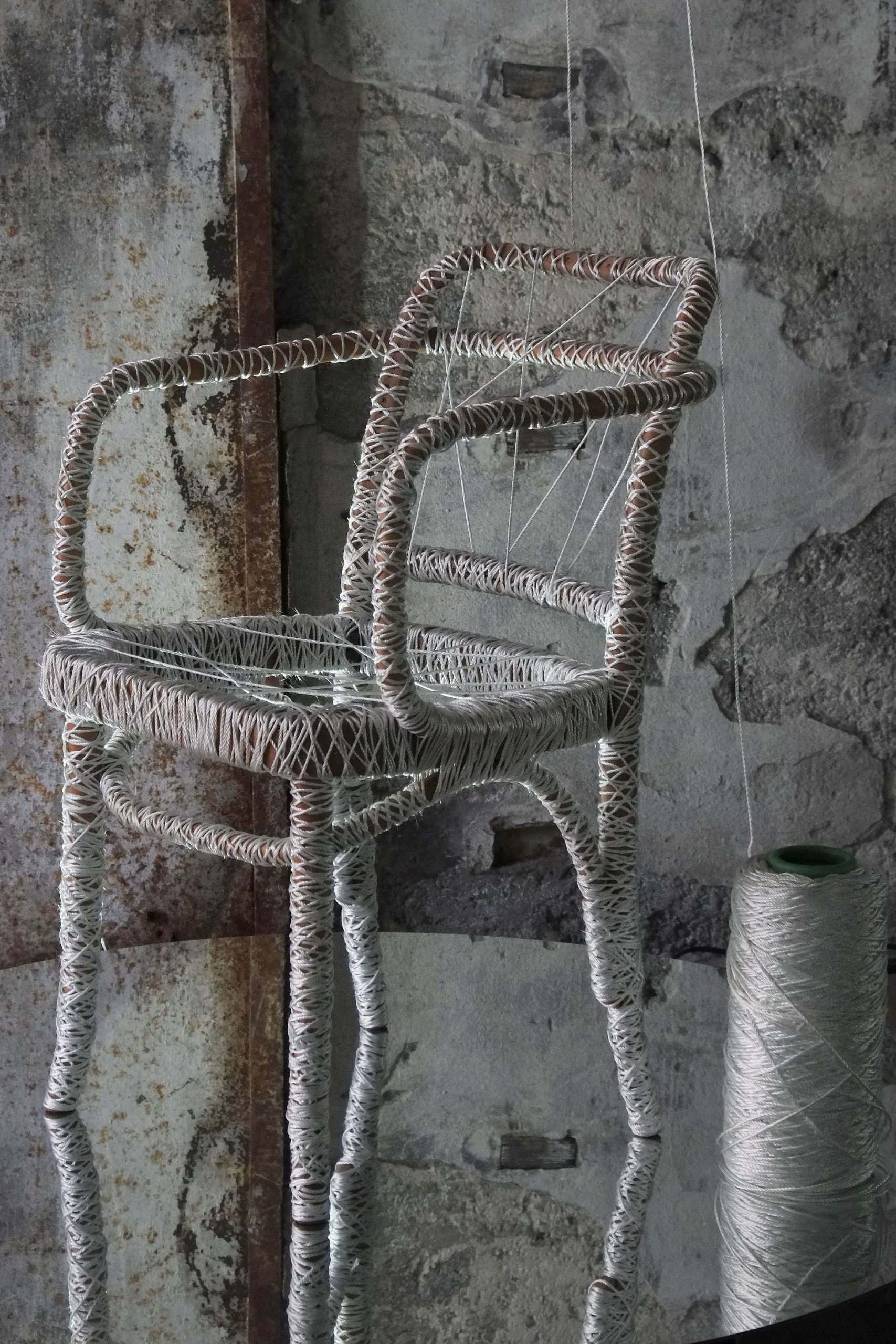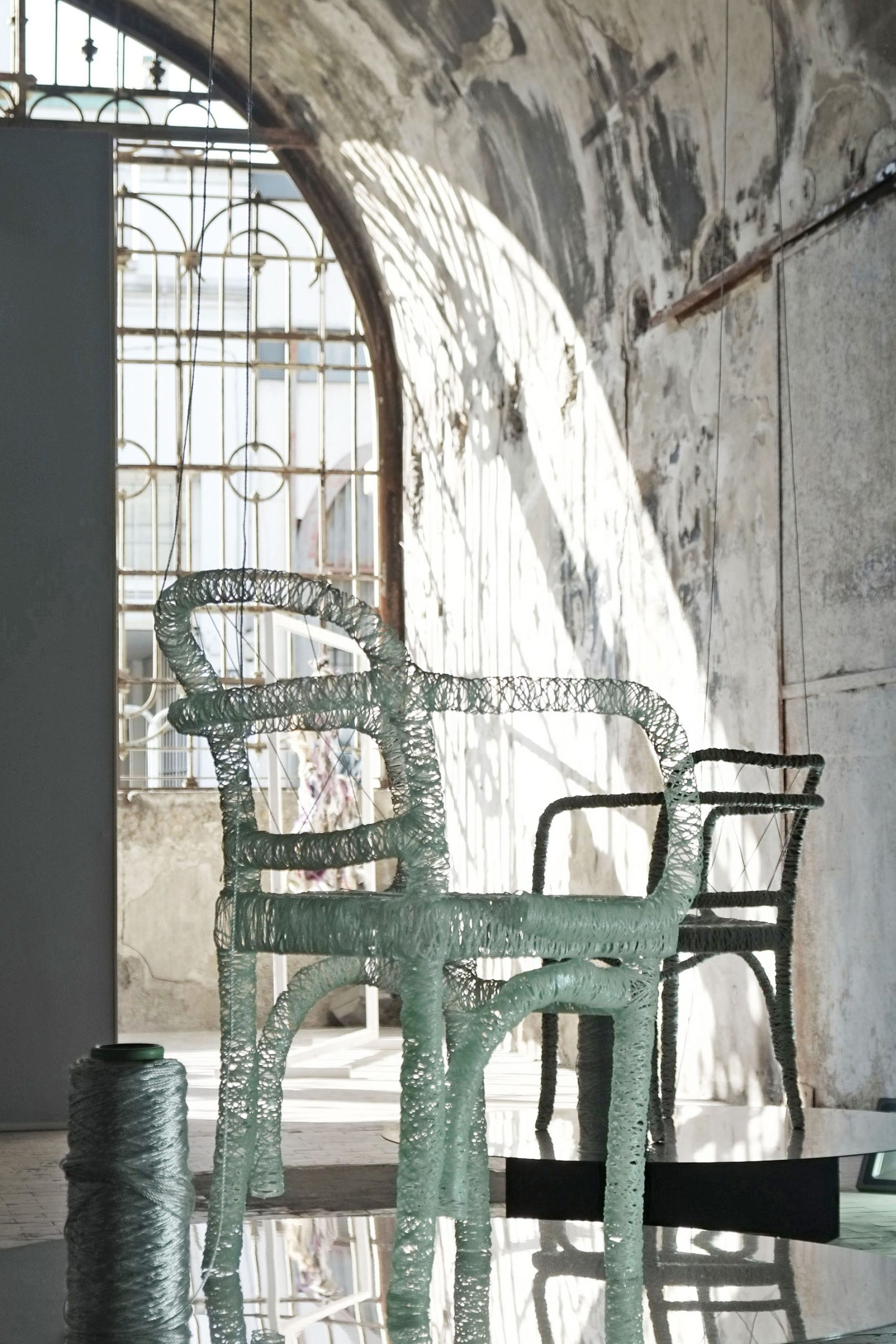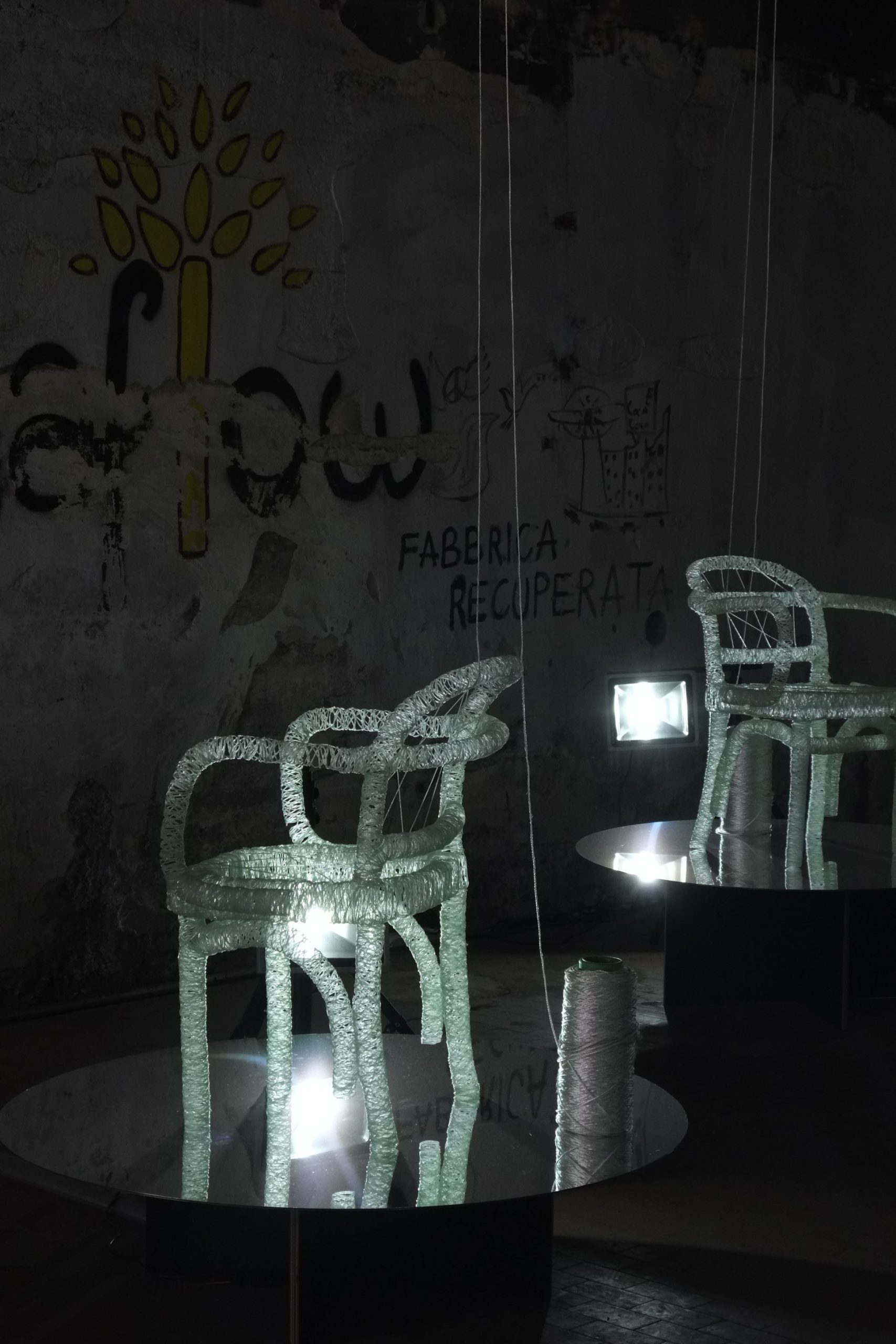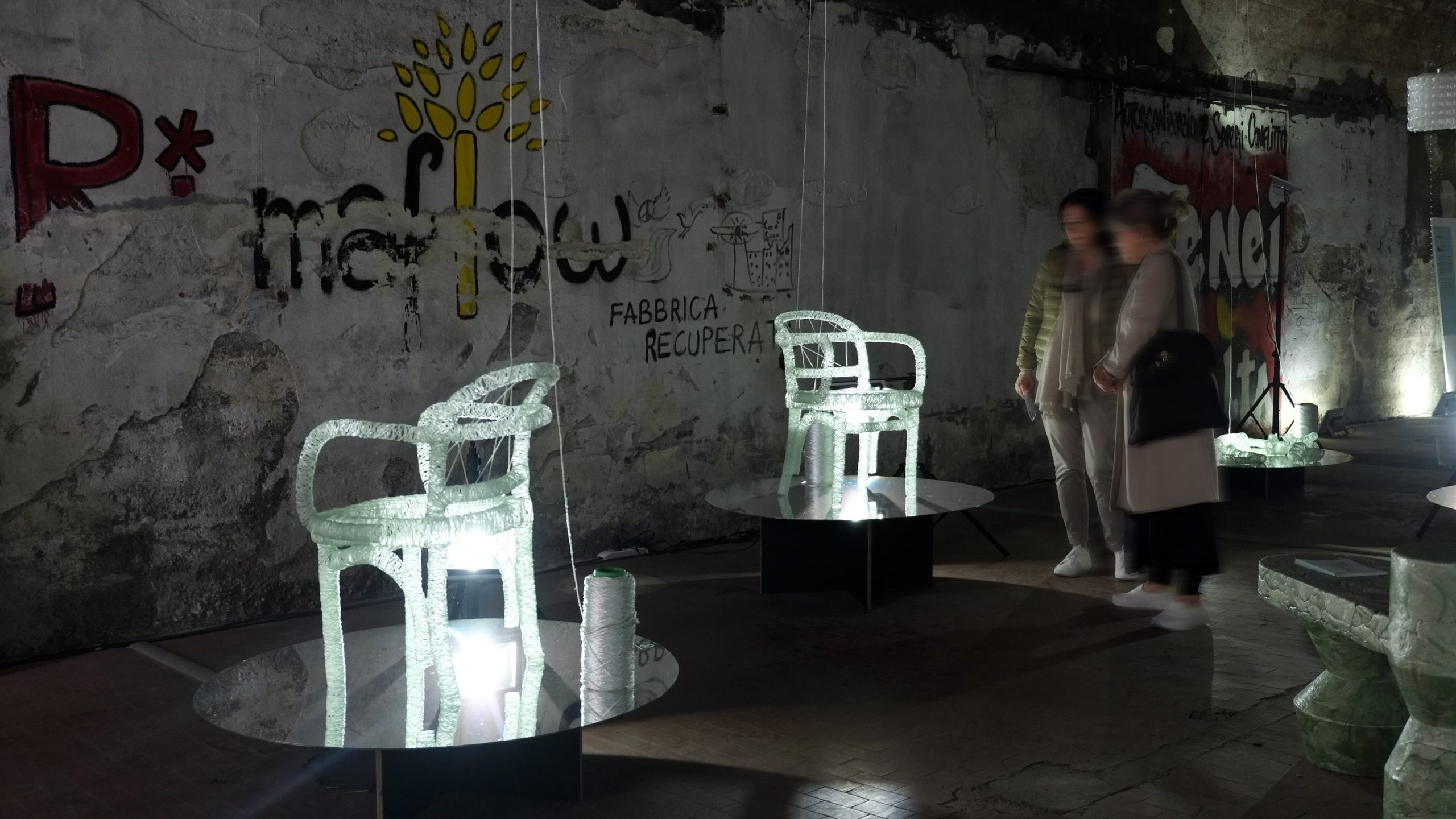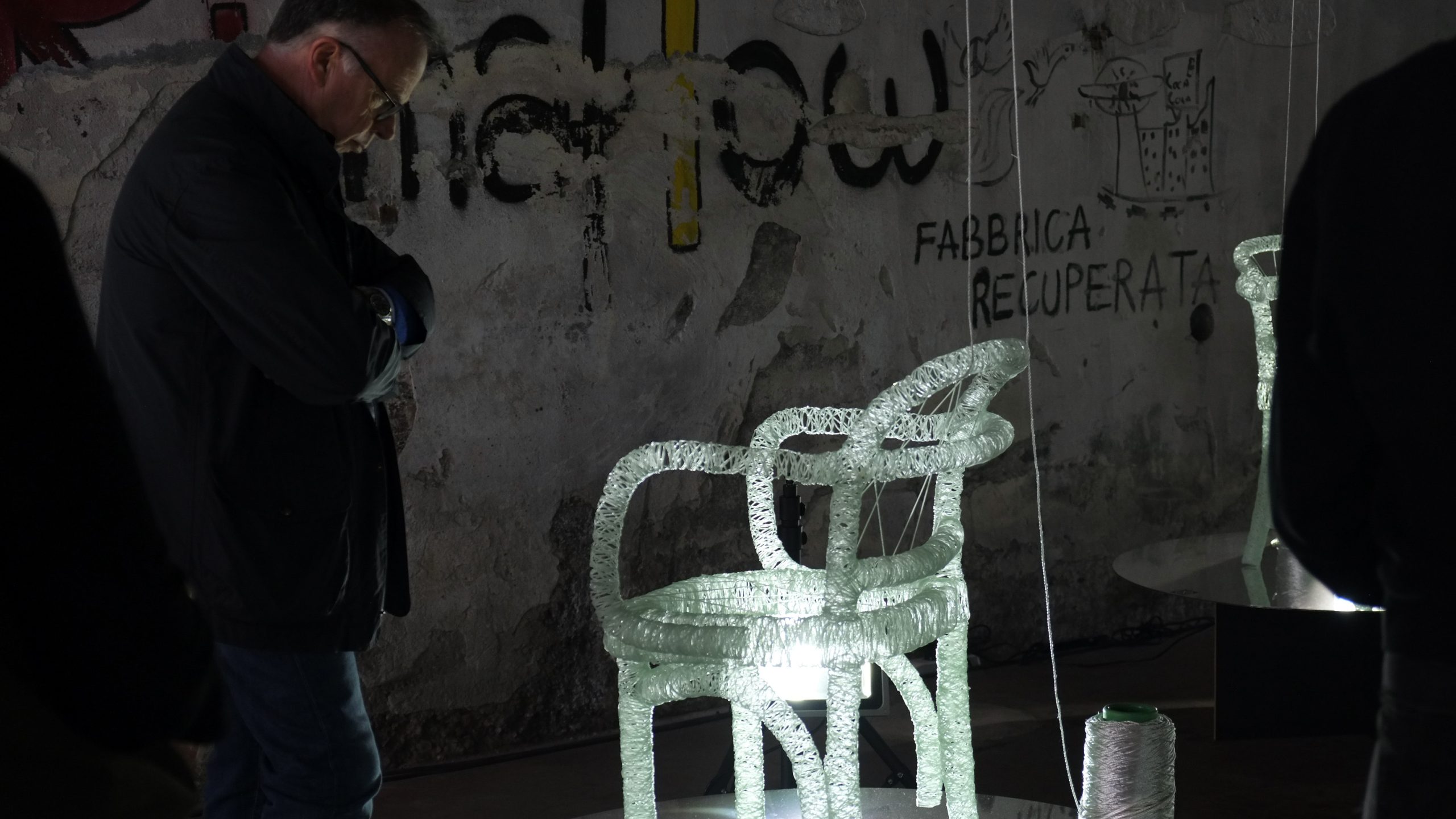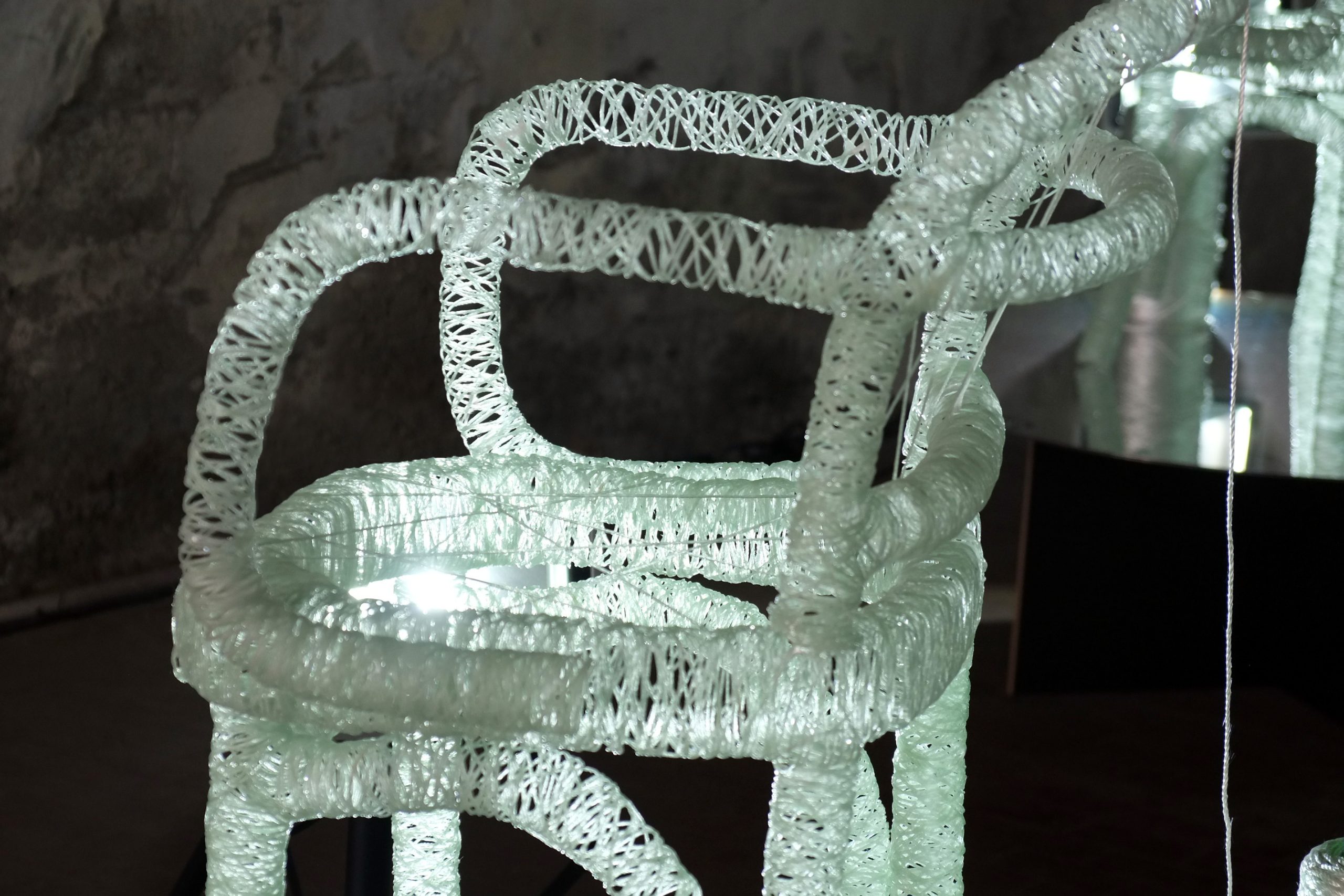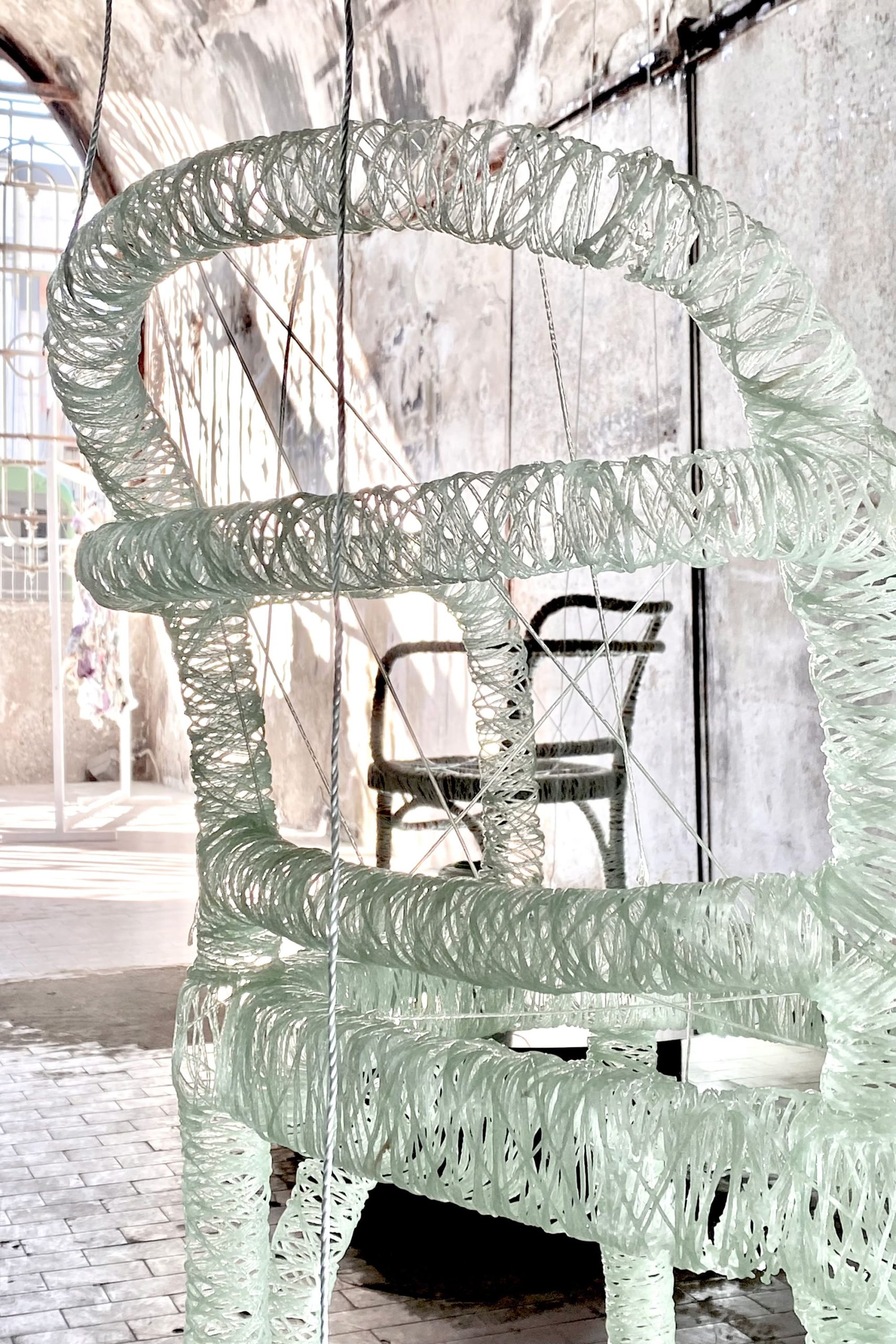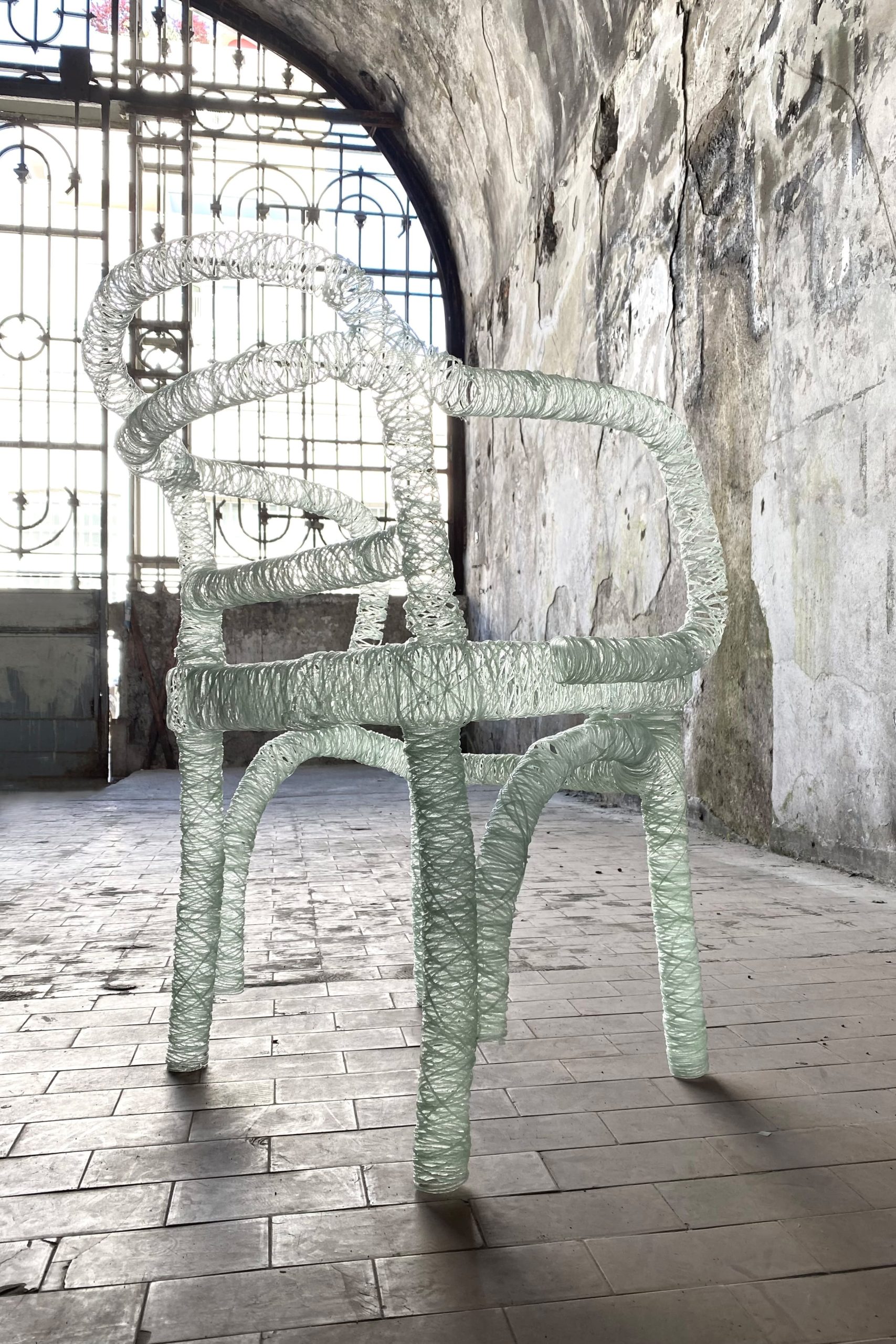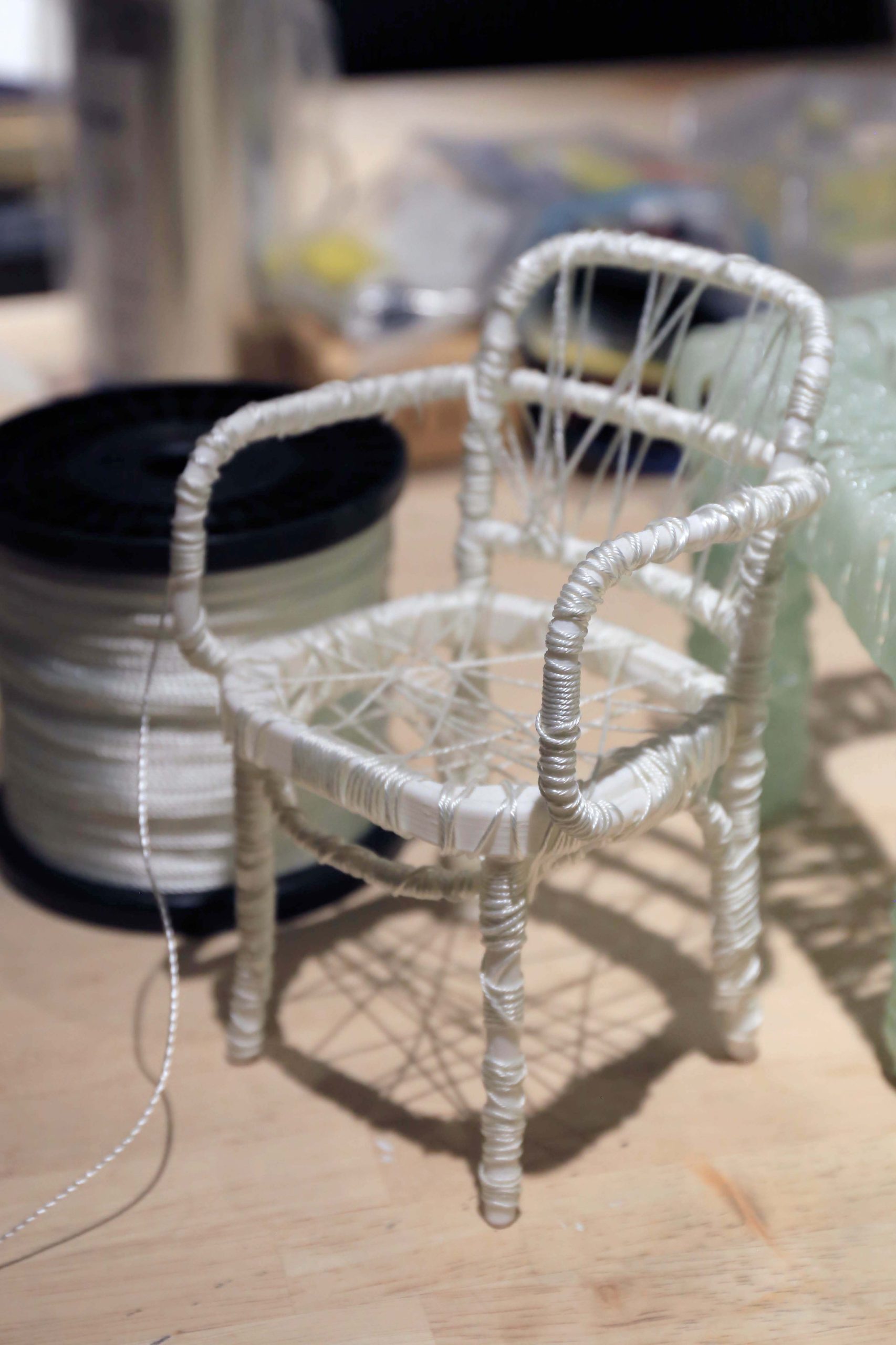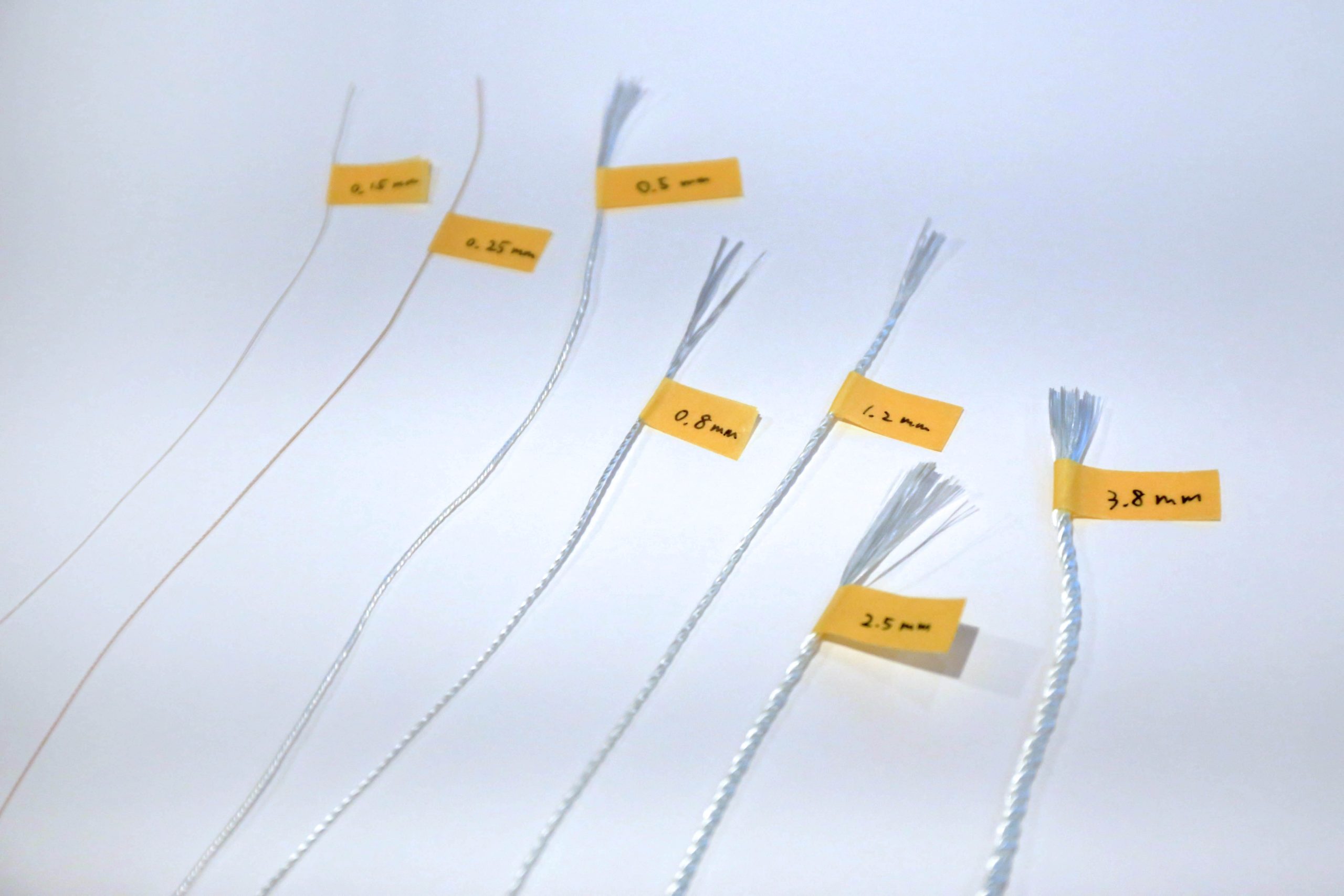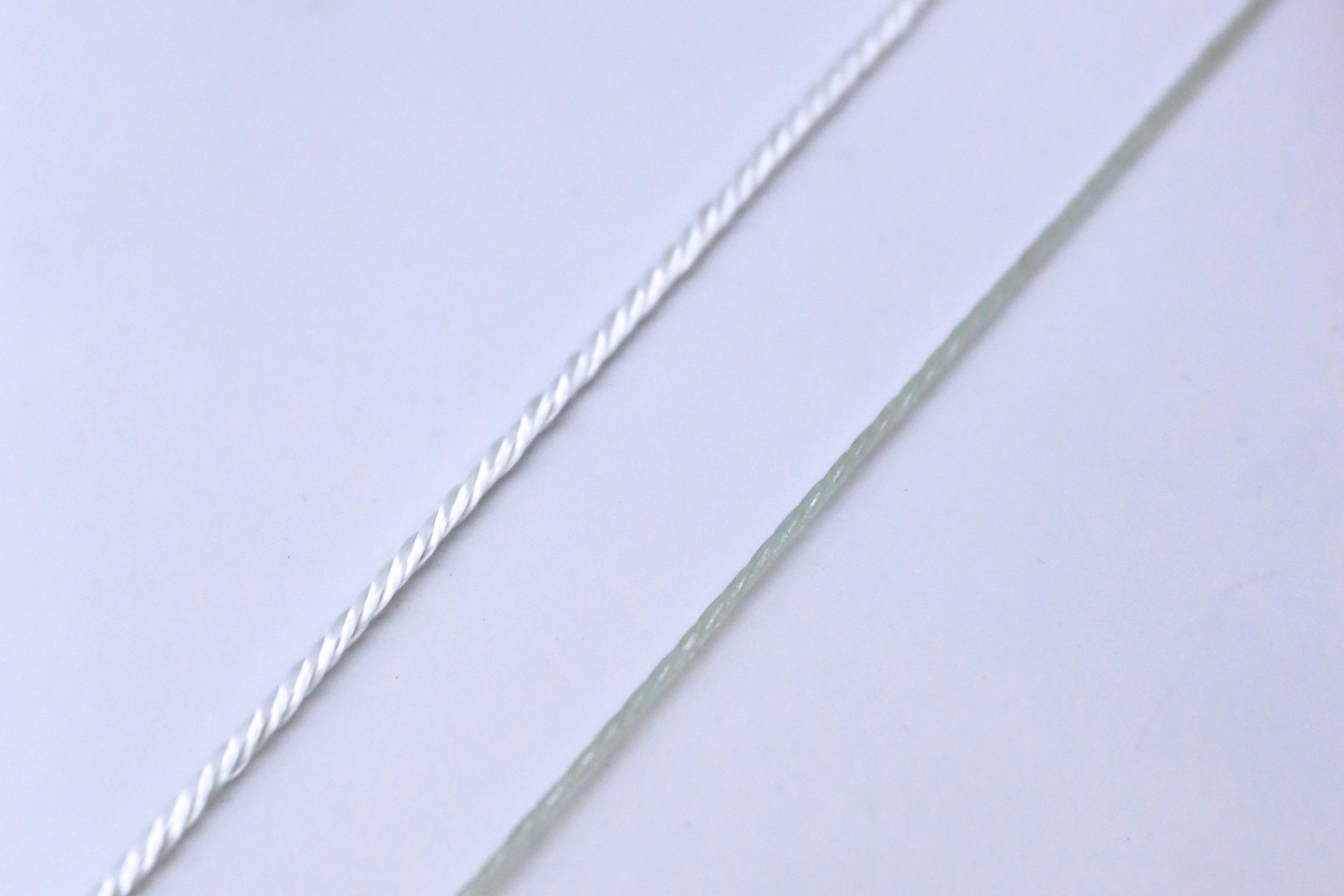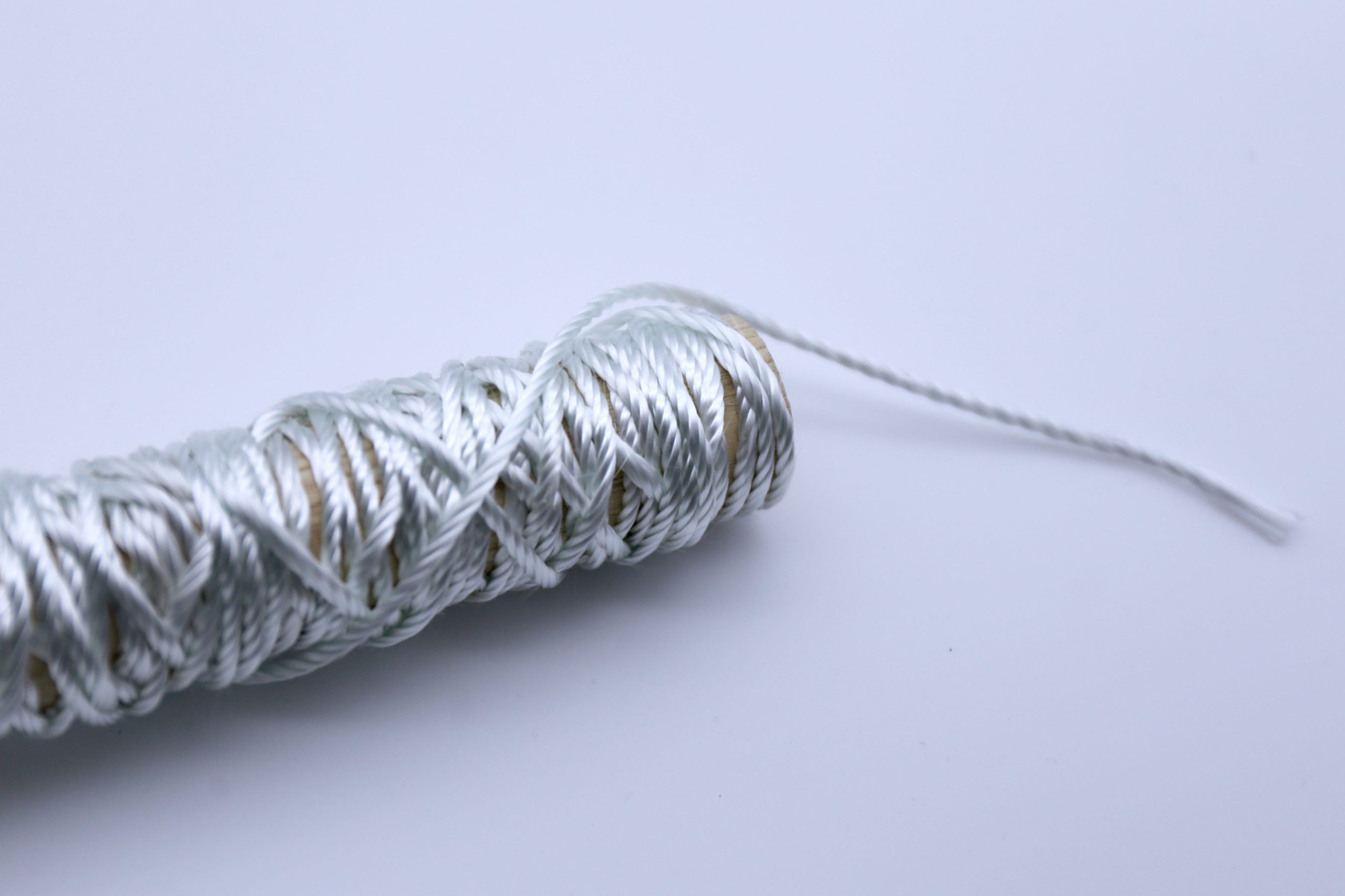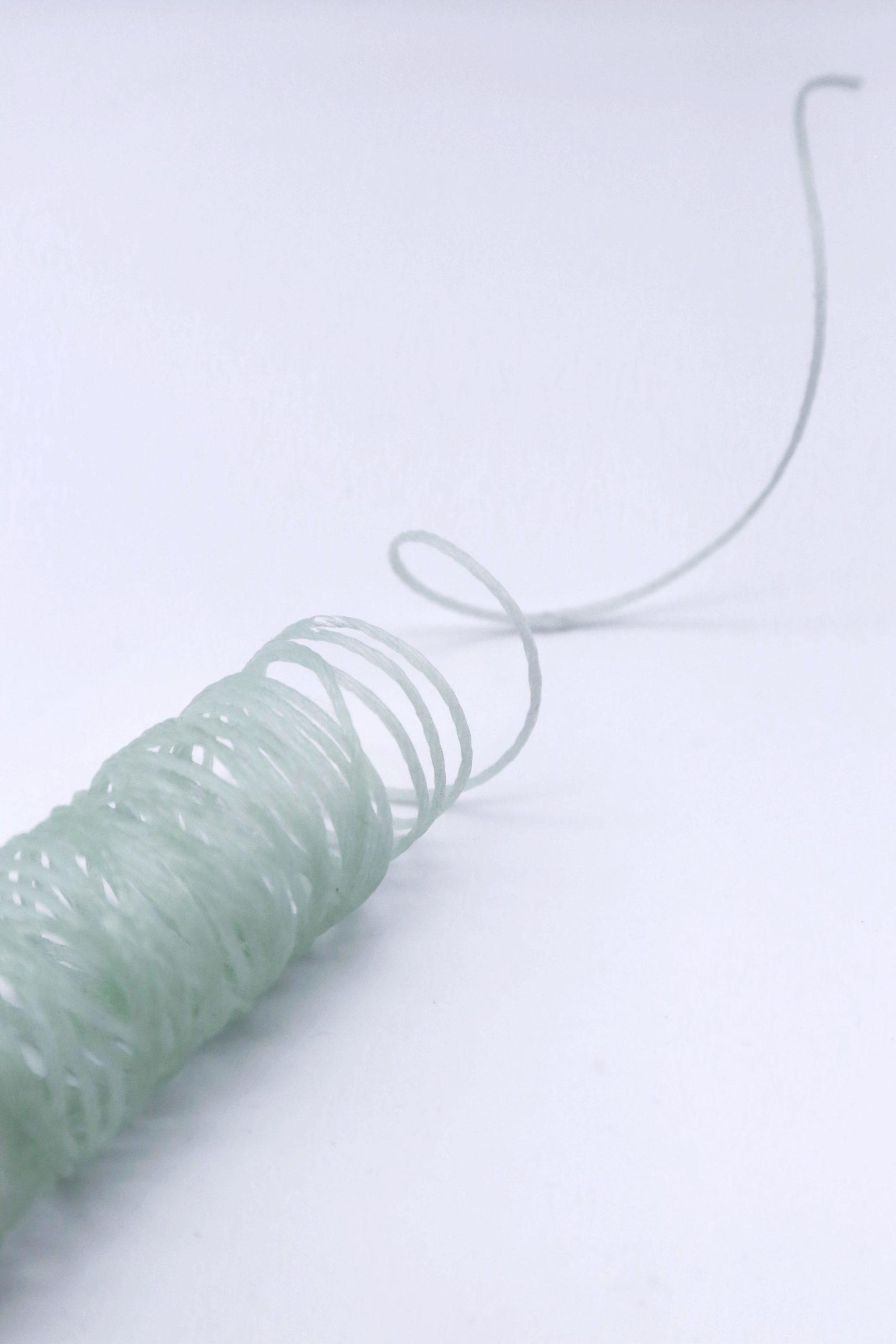
-
DATA
2023/4/
-
PROJECT NAME
Homage to SHIRO KURAMATA / exhibition at Milan Design Week 2023
PHOTO
Masayuki Hayashi
※Except experimental and venue photos.LINK
Self-Driven Research
Unexplainable
Designs solve existing problems.
Designs uncover latent problems and solve them as well.
In today’s world, with social issues piled up, the role of design is gaining even more attention. It defines a problem and provides a solution. It’s a design that is explainable in words. However, that makes us think there is another side of design when looking back at its origin.
Something unforgettable from the moment you see it without knowing why.
Something that grabs your mind and makes you stop.
Such a heart-moving moment cannot be explained immediately. However, it is precisely this experience that cultivates people's minds and continues to deeply influence their actions. And we believe that design has always emphasized the existence of indescribable values. In contemporary society, where social issues are piling up, transparency is increasingly required, and it is extremely important to be explainable in a way that everyone can understand. That is why we must continue to shed light on the unique role of design. We must continue to hold on to it. Ultimately, if there is momentum in society, where something indescribable is not considered important, that should be one of the significant social issues.
This work pays homage to Shiro Kuramata, the pioneer of Japanese contemporary design. His designs always exist beyond languages. They are dreams, phantoms that invite people to the outside of the ordinary and go deeply into their hearts.
“Begin the Beguine” (1985) is a work by Kuramata created to pay homage to Joseph Hoffmann, in which steel rods was wrapped around a chair, and then the chair was burned away, leaving only steel rods. While steel rods is replaced with fiberglass, the act of burning is employed for this work. The string of glass fiber, wrapped around a chair, becomes a phantom of glass in the shape of a shining chair after the whole is burnt. This is an homage to Kuramata using glass, a material that symbolizes him.
Through this work, we would like to reconsider social issues and the underlying value of design.






